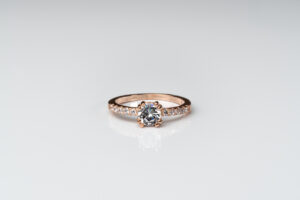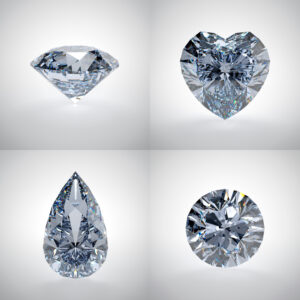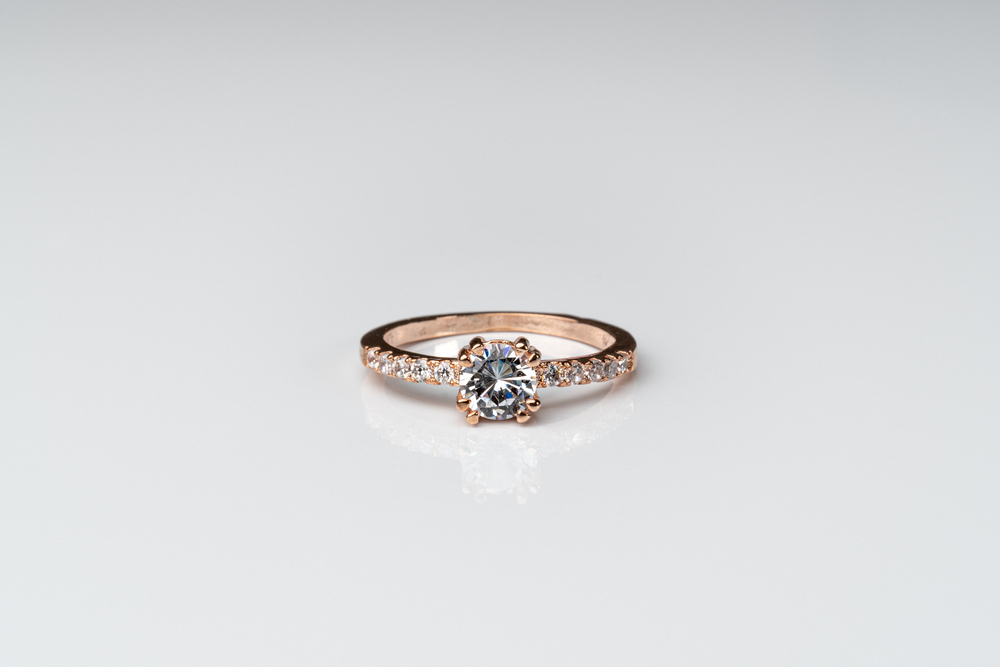
When it comes to choosing a setting for your lab-grown diamond ring, there are many options available. One popular choice is a tension setting, which creates the illusion that the diamond is floating in mid-air. In this article, we’ll explore the benefits and drawbacks of a tension setting, as well as tips for choosing the perfect tension setting for your lab-grown diamond ring.
What is A Tension Setting?
A tension setting is a type of ring setting that uses the pressure of the ring’s metal to hold the diamond in place. The diamond is held between two grooves or prongs in the metal, which creates tension to secure the diamond in place. This creates the illusion that the diamond is suspended in mid-air, as there is no metal visible around the diamond.
Benefits Of A Tension Setting
There are several benefits to choosing a tension setting for your lab-grown diamond ring:
- Unique and modern look: A tension setting is a unique and modern option that creates a sleek and contemporary look.
- Maximum light exposure: Because there is no metal surrounding the diamond, a tension setting allows for maximum light exposure, which can enhance the diamond’s brilliance and sparkle.
- Minimal metal: A tension setting uses minimal metal, which can make the diamond appear larger and more prominent.
Drawbacks Of A Tension Setting
While there are many benefits to a tension setting, there are also some potential drawbacks to consider:
- Durability: Because a tension setting relies solely on the pressure of the metal to hold the diamond in place, there is a risk that the diamond could become loose or even fall out over time.
- Difficulty with resizing: Resizing a tension-set ring can be difficult, as the setting is specifically designed to fit the diamond.
Tips For Choosing A Tension Setting For Your Lab-Grown Diamond Ring

If you’re interested in a tension setting for your lab-grown diamond ring, here are some tips for choosing the perfect setting:
- Quality of metal: Because a tension setting relies heavily on the pressure of the metal, it’s important to choose a high-quality metal that will maintain its strength and durability over time.
- Sizing and fit: Tension settings are specifically designed to fit the diamond, so it’s important to ensure that the diamond fits snugly in the setting and that the ring fits comfortably on your finger.
- Maintenance: Regular maintenance is important to ensure that the diamond remains secure in the setting. It’s recommended that tension-set rings are inspected and serviced by a professional jeweler at least once a year.
In conclusion, a tension setting is a unique and modern option for a lab-grown diamond ring.
